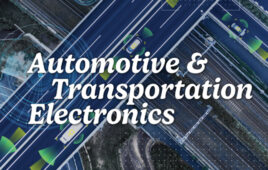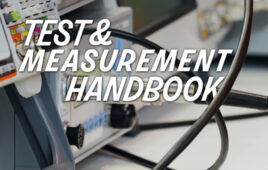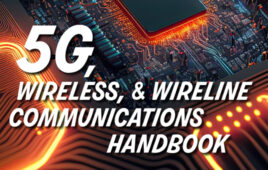Engineering a green mindset and sustainable future
Growing up in the pre-2000s era with a power electronics engineer for a father, my family’s first introduction to power and energy efficiency efforts was primarily analog. The word “vampire” was associated with a TV show called Dark Shadows; it had nothing to do with standby power back then. Still, we were taught to unplug cords from outlets when an appliance was not in use, and inspections of our progress or lack thereof were not uncommon. We learned early on about “natural” air cooling and warming as air conditioning was for the new, big houses, not our 250-year-old farmhouse that also lacked central heating. This involved the daily ritual of opening windows at night and turning on the gigantic attic fan to welcome the cool night air, then closing the shades as the hot summer sun began rising. My Dad’s workarounds for no heat other than a Franklin stove for most of my childhood…well, you engineers can probably imagine how “imaginative” he got with that. (No details here as the memory of Pennsylvania winters still brings up a bit of trauma.)
Even before the word came into common usage in the early 2000s, he taught us how to “hypermile” to maximize fuel efficiency in our very technologically straightforward used vehicles. Stretching out coasting was a personal favorite of mine because, really, why would you hurry to the red light ahead of you? If the car did have AC, you only used that at higher speeds because leaving the windows down in other than city-street environments caused enough drag to decrease fuel economy.
All of this made for a practical education in preparation for lay ahead. Now, even in the time of technological marvel (and some despair), we have entered an era where the world is grappling with climate change, resource scarcity, and the ever-increasing demand for electricity. The quest for more efficient, cleaner, and sustainable power solutions to energy challenges is paramount.
Electronics engineers who focus on power efficiency are at the forefront of these technological advances. As essential contributors who address these challenges, your task to design efficient and sustainable products means incorporating rapidly evolving and innovative technologies and approaches. The impact of these efforts brings us LEDs, low-power MCUs, energy-efficient HVAC systems, solar-powered electronics, energy harvesting, high-efficiency power supplies, EVs, low-power wireless communications, data centers with energy-efficient cooling, efficient power management integrated circuits, green building automation, efficient solar inverters, and more.
Some of these examples are profiled not only in his handbook but pretty much sum up the bulk of EE World’s editorial content, from authoritative freelancers like Bill Schweber, Jeff Shepard, Rick Nelson, and Ken Wyatt. It also includes contributing articles from subject matter experts at key technology companies, some of whom have written here addressing critical technologies that can help to meet fundamental challenges electronics engineers face in designs that impact the environment, cost, performance, and sustainability of electronic devices and systems.
My early education in power and energy efficiency may have seemed rudimentary, but, like many of us, the opportunities to expand it now seem limitless. We hope our handbook inspires you to test those limits.
Aimee Kalnoskas
Editor-in-chief
Filed Under: DIGITAL ISSUES • EE WORLD




